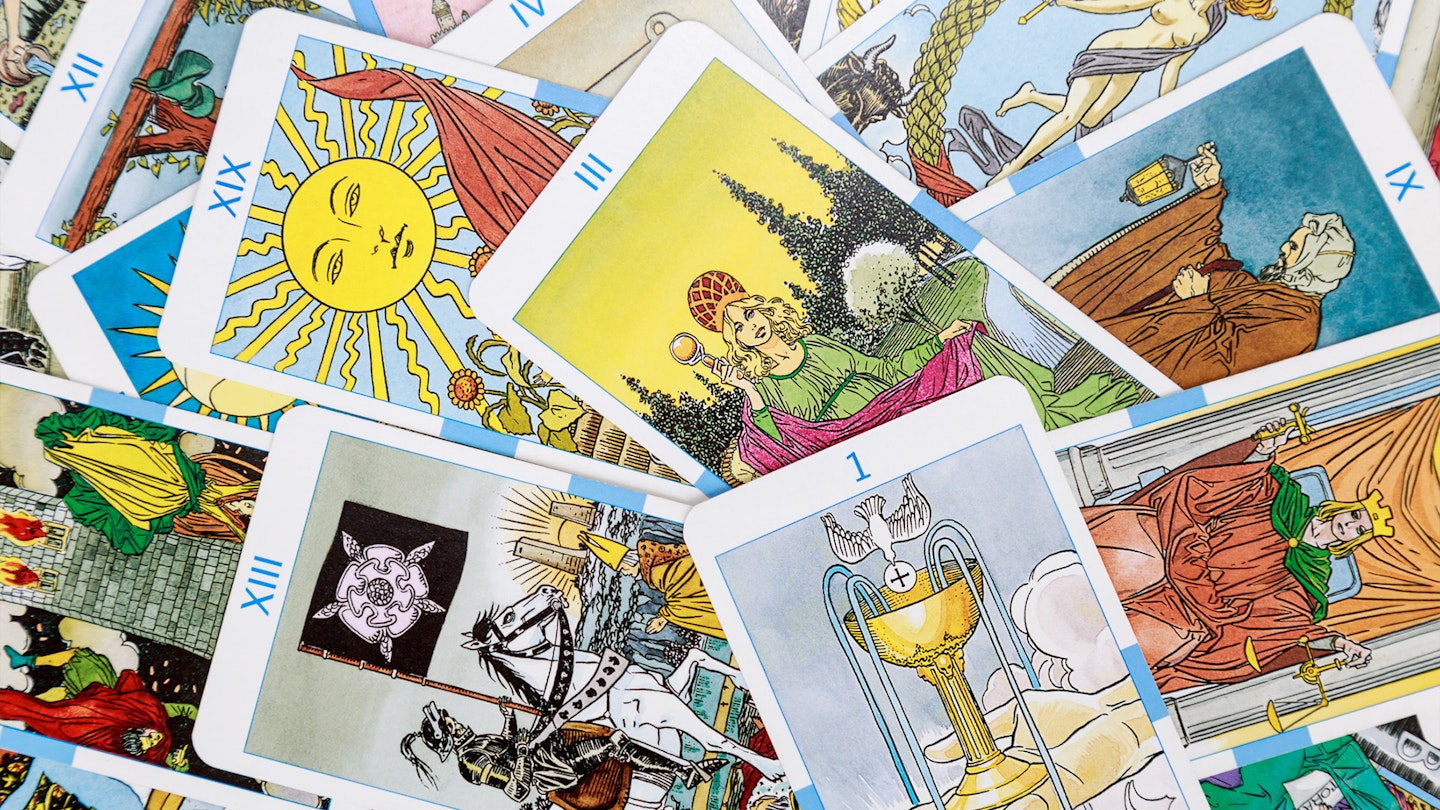Tarot cards have been used for divination and spiritual guidance for centuries. These powerful tools can help us tap into our intuition and gain insight into our subconscious. Whether you're a skilled tarot reader or are taking a new interest - having the right deck can make all the difference. We've created this guide to show you a diverse range of cards that are available to help you find the best tarot cards for your practice. However, when it comes down to selecting the right deck, only you can feel which one works for you.
Often used for readings, tarot cards are where a reader interprets the cards drawn by a seeker to offer insight and guidance on their current situation or question. Tarot cards can also be used for meditation, journaling, or simply as a tool for self-reflection and personal growth. If it resonates for you, you can use tarot cards for divination that can help you connect with spiritual or metaphysical energies.
Overall, the purpose of tarot cards varies depending on the individual user. However, they are generally seen as a tool for gaining insight, clarity, and guidance in different areas of life.
How to connect with tarot cards
If you are new to the tarot reading, here is some advice from Jayne Wallace, an internationally acclaimed clairvoyant and the owner of the world-renowned brand Psychic Sisters, who many may recognise from the British television show Dragon's Den. Jayne is a gifted clairvoyant who has consistently studied across the world, continuously honing her craft to become one of the world's most respected psychics.
Jayne suggests asking your deck questions to familiarise yourself with the card's capabilities and what the two of you can accomplish together. Questions you could ask:
• What kind of a Tarot deck are you? What card sums up your personality?
• What issues/areas of life do you specialise in?
• How can you best help me?
• What quality is most important in a Tarot reader?
• How do you see our relationship?
"The next step is to look at the suits within your tarot deck and see if there is a similar tone of colour linking the suit. For example, purple for swords and yellow for coins," says Jayne. "Feel for the colour meaning, how does this colour make you feel? For me, the colour orange represents courage, enthusiasm, warmth and joy."
"Get a feeling for each card. Which cards do you like? And why? Which one is your favourite card? Which ones are your favourite cards? And why?"
"Once you feel you have familiarised yourself through the imagery, colours, patterns, shapes, tones and whatever other characteristics are in your deck. Tell your deck a statement and see how it responds – how you like it. How pretty do you think it is? Then feel for the vibration of your deck."
Best tarot cards at a glance:
• Best original tarot card deck: The Original Rider Waite Tarot Deck - Buy now on Waterstones
• Best tarot cards for beginners: The Magic of Tarot by Liz Dean - Buy now on Amazon
• Best genderless tarot cards: Transient Light Tarot by Ari Wisner - Buy now on Etsy
• Best themed tarot cards: The Magical Nordic Tarot by Jayne Wallace - Buy now on Waterstones
Best tarot cards
Best original tarot card deck
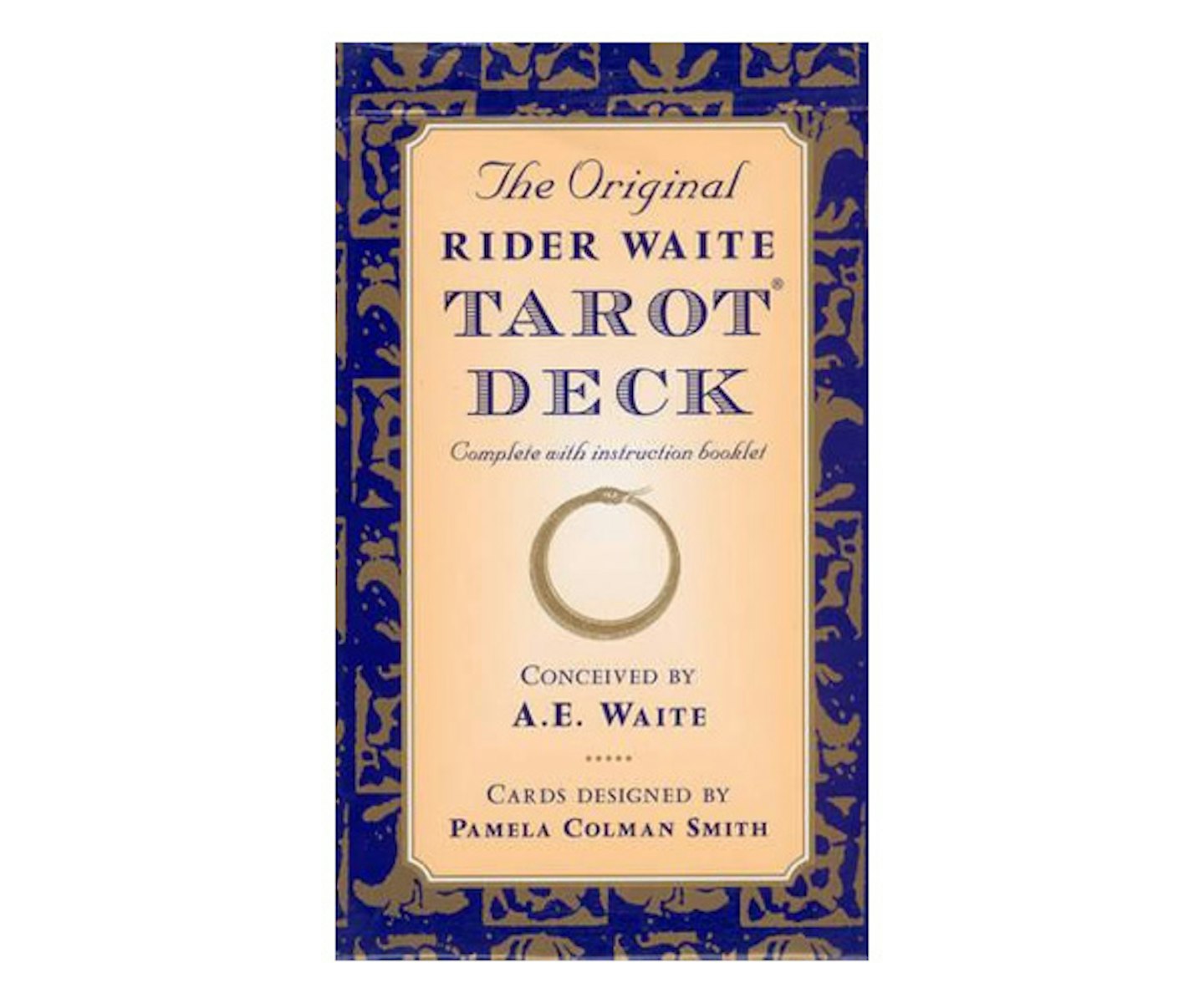
www.waterstones.com
Learn the secrets of tarot with the world's most popular deck - The Original Rider Waite Tarot. This classic 78-card deck includes an instructional booklet, perfect for both beginners and experienced readers. With the original design by Pamela Colman Smith, each card is steeped in symbolism and meaning.
Customer review: "This is a great deck for those new to tarot and for the more experienced. It is packed with imagery making it interesting to study and use."
Best cosmic tarot cards
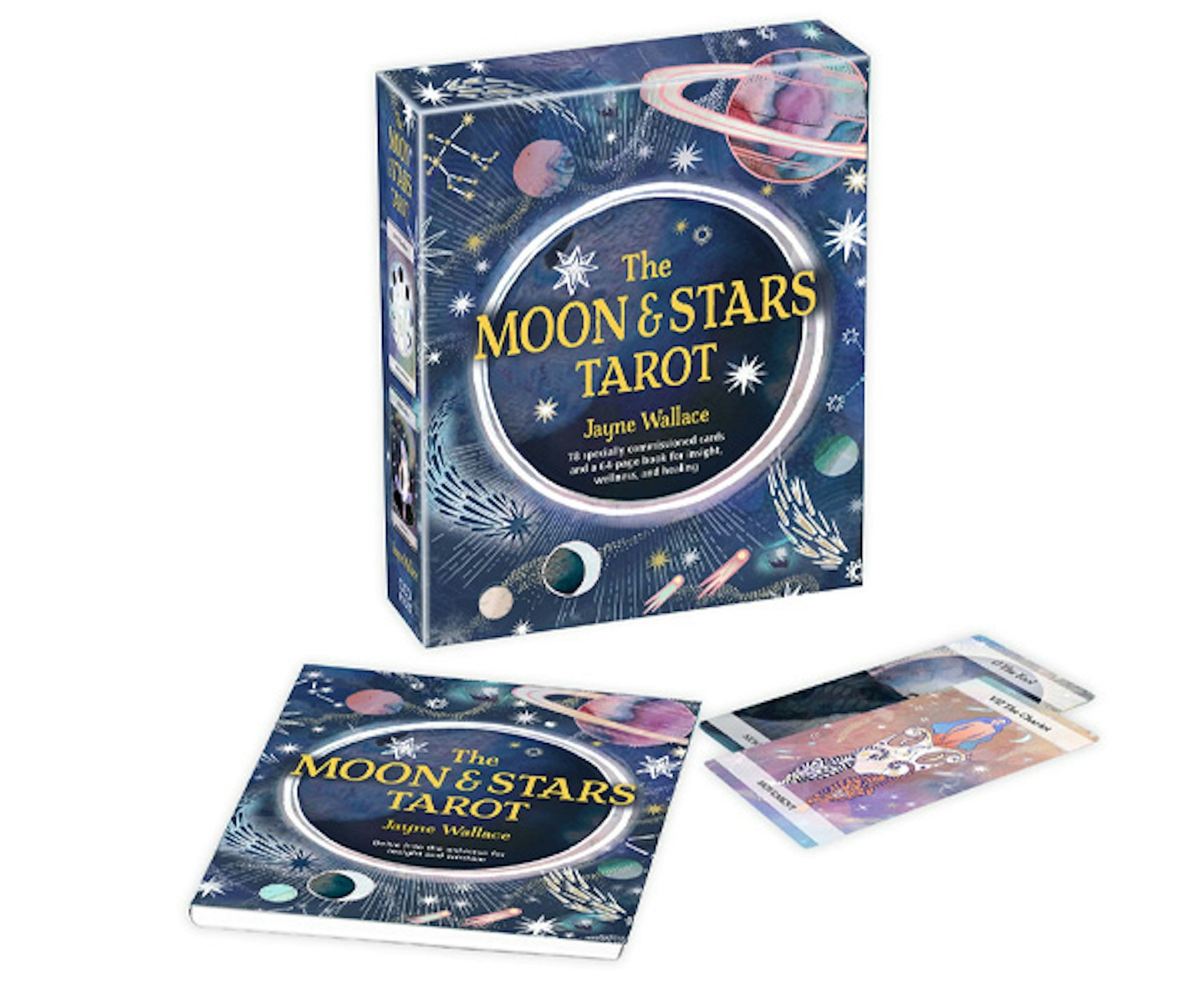
Unlock divine guidance with The Moon and Stars Tarot deck curated by Psychic Sister's Jayne Wallace. Featuring 78 unique cards adorned with celestial imagery inspired by the constellations, lunar cycles, and planets. Draw on the power of the moon and stars to connect with the universe and receive insights and messages that will enrich your life. Specially commissioned illustrations capture the beauty and mystery of the night sky, while the accompanying book offers interpretations, keywords, and card spreads for deeper insights. Tap into lunar energies and nurture your intuition with this stunning tarot deck.
Customer review: "This is my 4th set of Jaynes cards which I just love, and I have to say they are my favourite so far, I have a lot of trust in the Moon & these have just worked amazingly for me. I also think that the new packaging is so much more user-friendly, think I prefer the shiny finish, though. Love the illustrations."
Best tarot cards for beginners
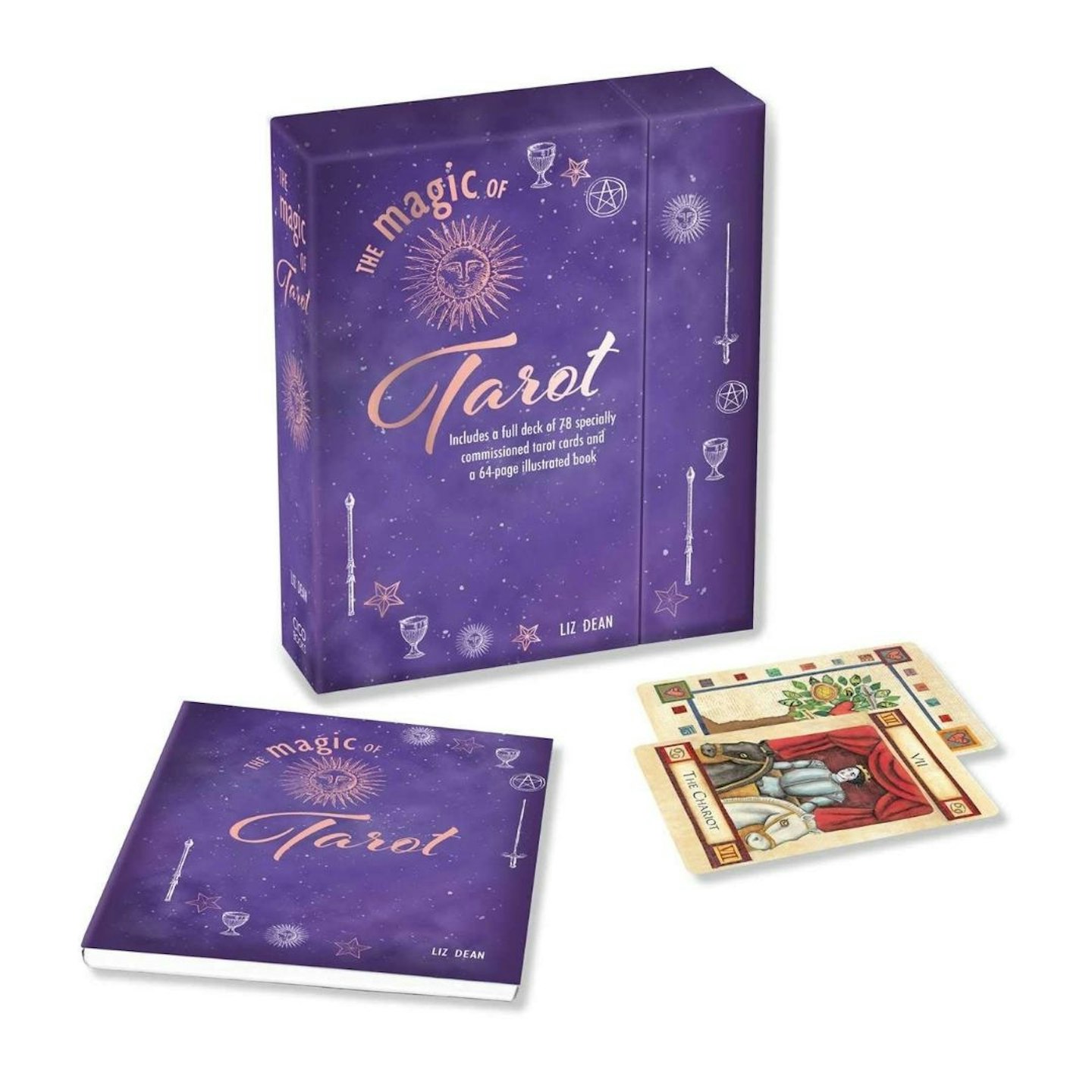
Created for both beginners and experienced readers, this pack includes a beautifully illustrated Tarot deck by artist Emma Garner and an easy-to-use guidebook that explains the meanings and symbols of each card. With essential information on timing a reading and tips for interpreting the tricky 'people' cards of the Minor Arcana, this set will help you develop your skills and confidence in Tarot reading. Discover eight different card layouts and learn to interpret them, so you can answer questions, uncover opportunities and more.
Customer review: "The box is really pretty, and the cards are of great quality. I love the card stock used for these cards. I’m glad I bought these; the seller is very friendly and helpful. They helped me with my order and answered my messages really quickly. I would definitely recommend this store. Thank you for making this beautiful deck."
Best minimal tarot cards

Discover the power of intuition with this easy-to-follow deck. The Mystic Mondays Tarot Deck contains 78 beautifully illustrated cards and a hardcover guidebook. Created by multidisciplinary artist Grace Duong, the deck has holographic edges and a foil exterior to give it a vibrant and visually appealing look. The guidebook describes the symbolism of each card, making it easy to interpret their meanings. With its perfect balance of vibrancy and minimalism, this tarot card set is ideal for any level of reader.
Customer review: "The holographic edges are the nicest I've ever seen in a deck. Thick card stock. Shiny but not laminated. The box allows you to display a card for the day to meditate or consider a card. I’ve not noticed any issues with mine, the cards came apart easily, and there are no printing errors. I’m very pleased I get to have these beautiful cards in my collection."
Best inclusive tarot cards

This deck is filled with references from the magical world of fairies and mermaids. Featuring the stunning illustrations of indie comic artist Trungles, this inclusive and diverse deck reinterprets classic tarot imagery to guide you on your personal journey. With 81 full-colour cards and a 160-page guidebook, the Star Spinner Tarot is perfect for tarot enthusiasts seeking a modern, LGBTQ+-friendly approach to tarot. The set contains 81 cards, including multiple Lovers cards for various romantic expressions.
Customer review: "These are great! Like the little box to keep them safe, and the ribbon helps to get the cards out. Pretty solid card stock, they don't bend etc., when you shuffle them. Also, the selection of lover cards for LGBTQIA+ are great. Also, diverse ethnicities are represented in the cards."
Best genderless tarot cards
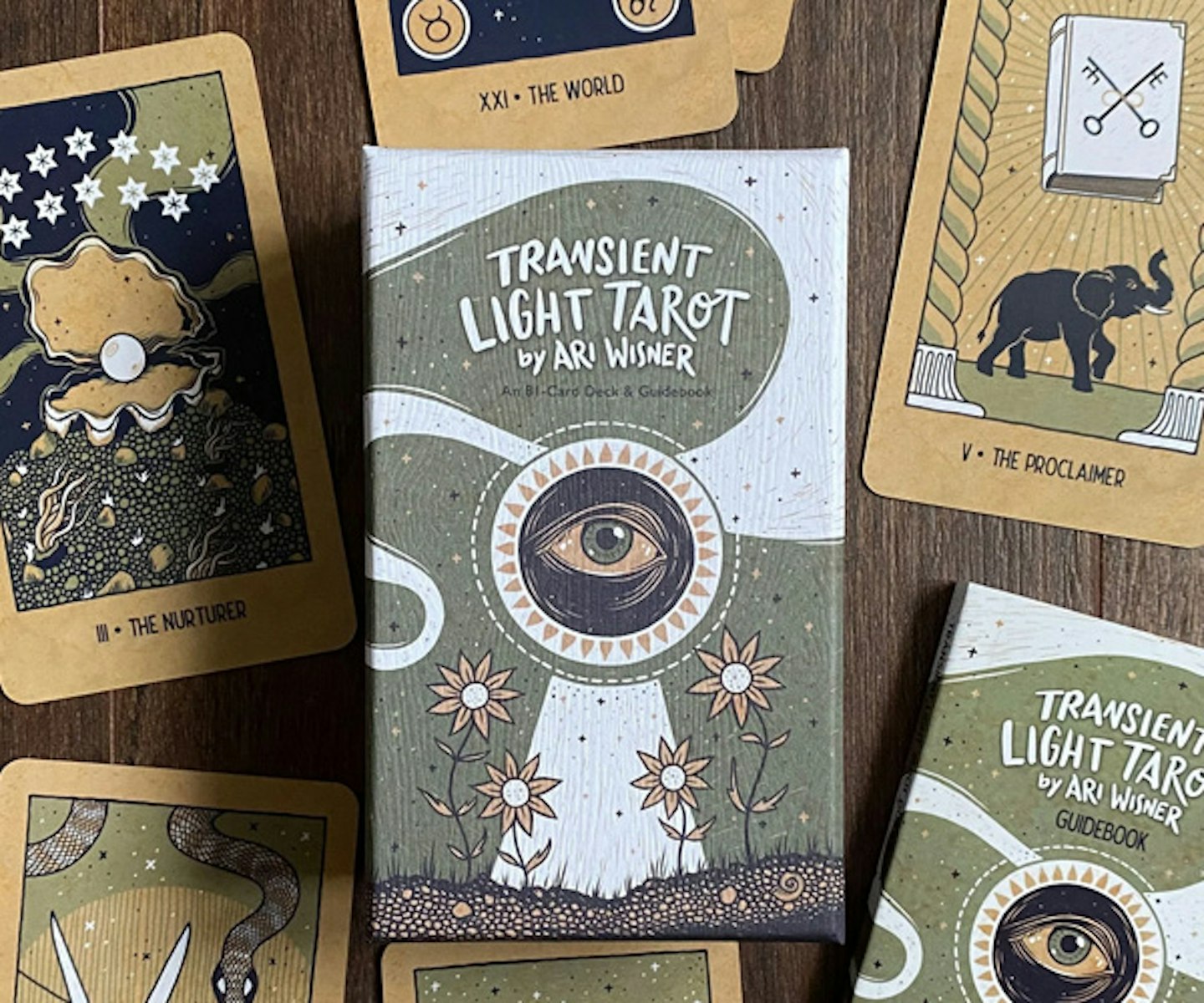
www.etsy.com
Experience transformation, growth, and joy with this plastic-free tarot deck by illustrator Ari Wisner. Sold on Etsy by the creator, this deck draws from traditional tarot and personal experiences. This diverse and innovative deck captures the beauty of change. With gender-neutral perspectives and objects as symbols, these cards tell the story of transience, kindness, and opportunity. The deck includes 29 poems by Fausta Joly and three bonus cards for your practice. Plus, the accompanying guidebook can help empower you to shift your focus to the light.
Customer review: "The best way I know to describe this deck is that it has a big heart. The art feels celebratory, like waking up to warm sunlight after several days of rain. The descriptions written for each card are thoughtful and grounded in the WS system. Each major arcana description includes a poem which I love because I mainly use tarot as a reflection or meditation tool. As a queer witch with religious trauma, I definitely appreciated the exclusion of gender, religious figures and monarchical figures."
Best tarot cards inspired by Nordic gods and goddesses
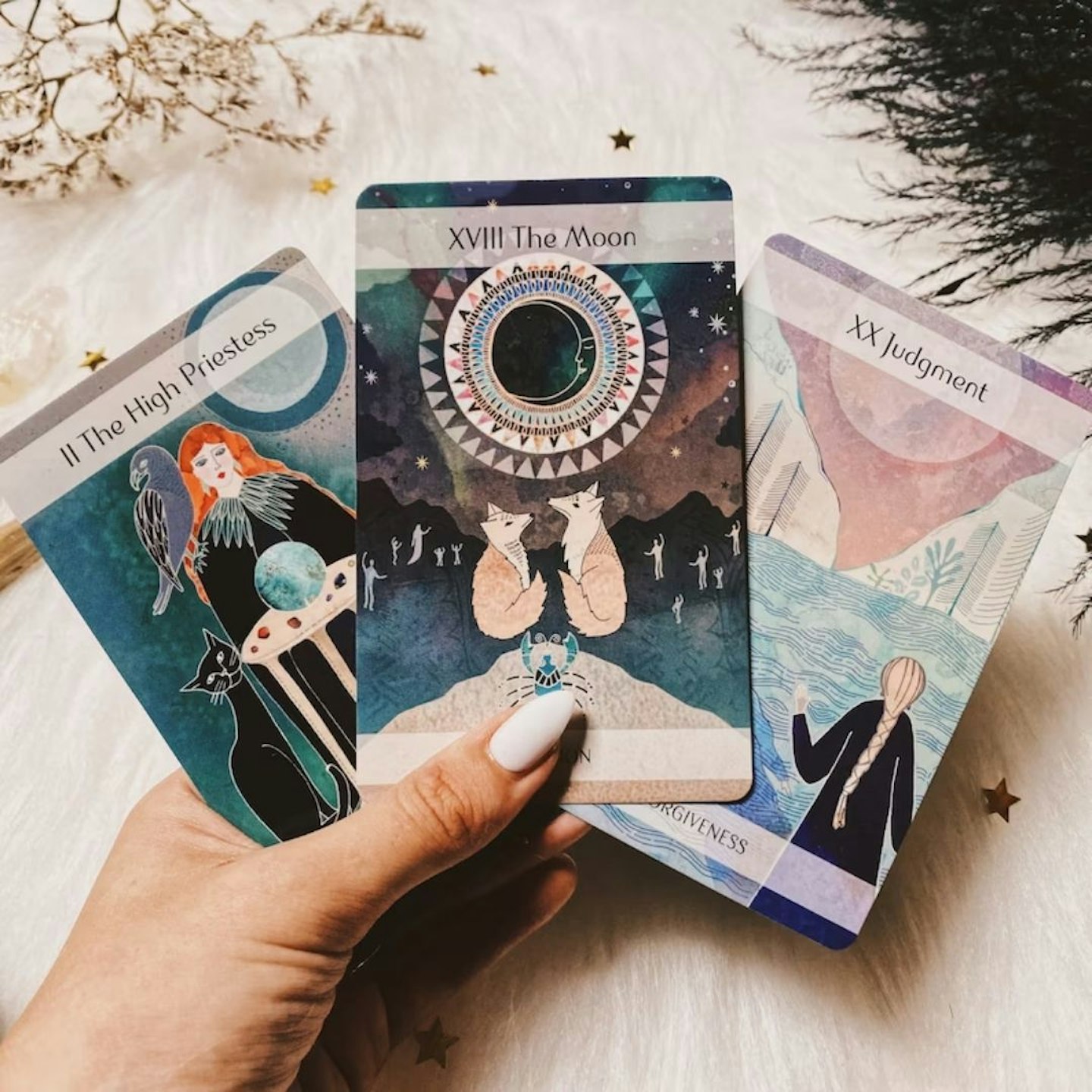
Inspired by old Nordic myths and folklore, we have another gorgeous deck from Jayne Wallace. Featuring a specially commissioned card by Tracey Emin offers a new and powerful insight into the meanings of each card. Incorporating symbolic imagery of animals, the northern lights, and Nordic gods and goddesses, this themed deck is perfect for those resonating with Nordic energy.
Customer review: "The imagery and detail with this deck are phenomenal. I have really enjoyed using the cards so far."
Best all-female tarot cards

www.waterstones.com
This vibrant and diverse all-female Modern Witch Tarot deck is a contemporary twist on traditional tarot. It features stylish and symbolic figures, inspiring you to tap into your inner strength and wisdom. This powerful 78-card deck has a hardcover guidebook included.
Customer review: "Absolutely fabulous tarot deck. I’m really new to tarot myself, and it’s taken me a year to find a deck I felt connected to. I like that these are close enough to the rider Waite deck, but up to date and Modern (hence the name). I love that there are all kinds of women in this deck, very female empowerment. The little book is good for beginners, and as a starter, but you would need more information to actually learn the cards. The perfect deck for me, and I’m sure many others."
Best detailed tarot card guidebook
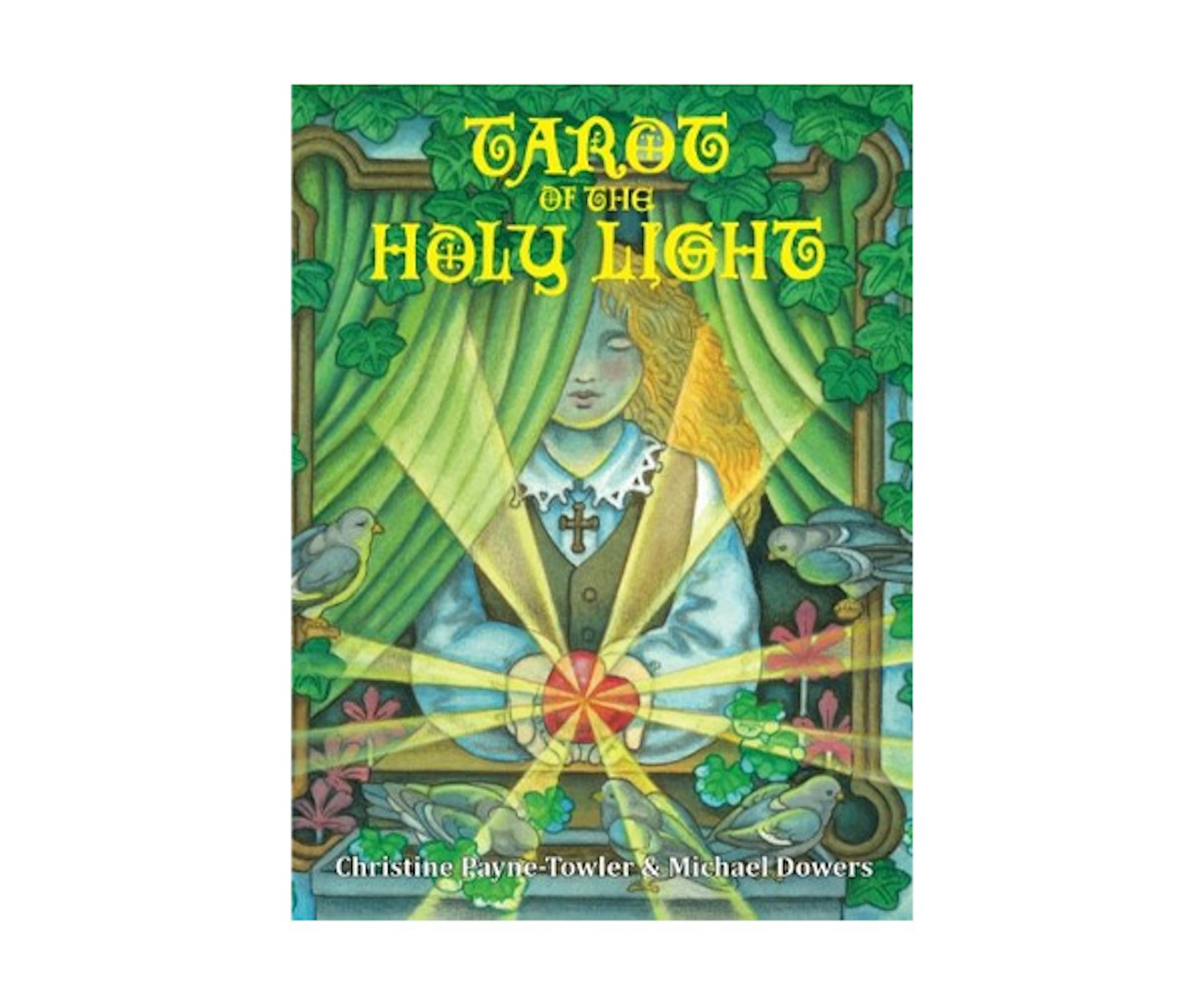
This deck will especially appeal to those who enjoy alchemical symbolism. The guidebook offers a traditional approach to the classical tarots of continental Europe. It collates teachings from various ancient sources and astrological alchemy to demonstrate the tarot's usefulness as an esoteric tool. With historical explanations, this book features occult illustrations, esoteric graphs, and 78 illustrated essays to help you tap into your intuition.
Customer review: "I have NEVER, in my long years of tarology, picked up a deck and instantly felt such a connection with the cards, my Intuition, and the "Force," to use a Star Wars reference. These have become indispensable to me, overnight! The book is chock full of powerful insight and Tarot wisdom and speaks plainly of Mrs Payne-Towler's own commitment to her craft. I recommend VERY few things wholeheartedly; if you like or are interested in the tarot, then I wholeheartedly recommend this.
Tarot cards FAQs:
Are tarot cards hard to learn?
Learning the art of tarot can be challenging but certainly not impossible. With patience, practice, and a willingness to learn, anyone can read tarot cards proficiently. Not to mention there are countless resources are available, including books, online courses, and workshops, to help beginners get started on their journey.
Are tarot cards and oracle cards the same?
Tarot cards have a traditional structure and common meanings. They refer primarily to the earthly realm, whereas oracle cards and angel cards can have any content or number of cards and meanings. Oracle cards hold a bigger energy and give an insight into a greater sense of what is going on. Tarot cards are a bit more detailed.
So with that in mind, let's take a look at the best tarot cards to help you unlock your intuition and gain guidance in your life.
Where do tarot cards come from?
The origins of tarot cards can be traced back to the 15th century when they were first used in Italy as playing cards similar to modern-day games like bridge. However, it wasn't until the late 18th century that tarot cards were associated with divination and spiritual practices.
It wasn't until the late 18th century that tarot cards began to be associated with divination and fortune-telling. At this time, French and English occultists developed new esoteric interpretations of the cards, linking them to the Kabbalah, astrology, and other mystical systems.
These esoteric interpretations laid the foundation for the modern use of tarot cards in fortune-telling and personal development. Over time, they began to be used as a tool for spiritual exploration and divination. Today, tarot cards are widely used for spiritual guidance, self-reflection, and personal growth.
How to read tarot cards?
Learning to read tarot cards can initially seem intimidating, but with practice and patience, anyone can become skilled as we all possess the intuition within us.
The first step is to choose a deck that resonates with you and spend some time getting to know the cards. This can involve studying the imagery, reading the accompanying guidebook, or simply meditating on the cards.
Once you're familiar with the deck, it's time to start practising. There are many different spreads and layouts to choose from, each with its own unique purpose. Some common spreads include the three-card spread, the Celtic cross, and the horseshoe spread. Choose a spread that feels right for you, and start laying out the cards. You can read our complete tarot reading guide here.
As you interpret the cards, pay attention to your intuition and the feelings they evoke. Tarot is a deeply personal practice, and your own experiences and emotions will play a big role in how you read the cards. Don't be afraid to trust your instincts and allow the cards to guide you.
Here is a short video from Moonlight Guidance that teaches you the basics of tarot in under nine minutes. However, if you are looking for something a little more in-depth, here is a two-hour video guide from the same channel.
What do tarot cards mean?
Tarot cards are a powerful tool for divination and spiritual guidance. Each card in the deck has its own unique meaning and symbolism, which can be interpreted in many different ways depending on the context and the reader's intuition.
The cards are typically divided into two groups: the Major Arcana and the Minor Arcana. The major arcana consists of 22 cards representing major life themes and spiritual lessons. In comparison, the Minor Arcana has 56 cards divided into four suits (swords, cups, wands, and pentacles) representing different aspects of daily life, such as emotions, careers, and finances.
When interpreting a tarot card, it's important to consider both the individual meaning of the card and how it relates to the surrounding cards in the spread. Each card can have multiple interpretations depending on the question being asked and the context of the reading.
Ultimately, the meaning of tarot cards is profoundly personal and can vary from person to person. With practice and intuition, anyone can unlock the insights and guidance that the tarot has to offer.
Are tarot cards dangerous to use?
Tarot cards themselves are not dangerous, but it is important to approach them with respect and caution. It is essential to use them for their intended purpose - as a tool for self-reflection, guidance, and insight - rather than relying on them for definitive answers or predicting the future. Additionally, it is important to cleanse and protect your energy and the cards' energy before and after each reading.
Can tarot cards change?
Tarot cards themselves do not change, but their interpretation can vary depending on the reader and the context of the reading. As with any form of divination, the meaning of the cards can be influenced by the energy and intentions of the reader.
Ellen Kinsey is a senior health and wellness product writer for Spirit & Destiny, specialising in natural health and beauty and self-development. She lives and breathes all things spirituality, travel, holistic health and wellness.
